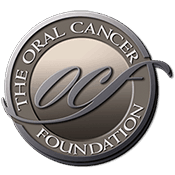Light therapy could prevent cancer treatment-related oral mucositis
Source: www.healio.com Author: Jennifer Southall Light therapy appeared to be an effective intervention for the prevention of painful oral mucositis associated with cancer treatment, according to results of a systematic review and meta-analysis. “Many patients [with cancer] can now benefit from this treatment,” Praveen R. Arany, DDS, PhD, assistant professor of oral biology and biomedical engineering at University at Buffalo School of Dental Medicine, said in a press release. “The staggering breadth of clinical application for photobiomodulation therapy, or light therapy, has been both a boon and a bane for the field. Several anecdotal clinical reports have been plagued with questionable rationales and inconsistent outcomes, often relegating this treatment to a pseudoscience.” Arany and colleagues systematically reviewed published literature in an effort to update the evidence-based clinical practice guidelines on the use of photobiomodulation — including laser and other light therapies — for the prevention and treatment of oral mucositis among patients with cancer. Patients underwent treatment with hematopoietic stem cell transplantation, head and neck radiotherapy, or head and neck radiotherapy plus chemotherapy. Study findings supported the use of photobiomodulation therapy for the prevention of oral mucositis among certain patients with cancer. HemOnc Today spoke with Arany about the research and the clinical implications of the findings. Question: What prompted this research? Answer: The current forms of cancer treatment are all essential to reduce cancer burden. Unfortunately, complications from these treatments include oral mucositis pain. This not only has a significant impact on quality of life, but also often requires [...]
